
The Scala Theatre on the corner of Scala Street and Charlotte Street was knocked down in 1969, just another part of the huge redevelopment of London during the sixties – a time when town -planners planned seemingly without sentiment. The 1,139 seat Theatre had been built in 1904 but a theatre had been on the site since 1772. It is now a rather drab nondescript office block – another town-planner habit of the sixties.
-planners planned seemingly without sentiment. The 1,139 seat Theatre had been built in 1904 but a theatre had been on the site since 1772. It is now a rather drab nondescript office block – another town-planner habit of the sixties.
The Scala Theatre, however, was famous because it was the main location for The Beatles’ film A Hard Day’s Night. They spent a week there filming at the end of March 1964 and it was during this part of the filming that George met Pattie Boyd. She was a model who had recently gained notoriety for appearing in a Smiths’ Crisps advertisement. It had been directed by the American Richard Lester who of course ended up directing A Hard Day’s Night and suggest Pattie for her role.
Pattie Boyd played a schoolgirl in the film (although her eventual sole line was just ‘Prisoners?!’). George asked Pattie out but at first she refused as she had been seeing the thirty year old photographer Eric Swayne for two years. However she soon relented, getting rid of her boyfriend in the meantime, and their first date was at the Garrick Club in Covent Garden but with the Beatles’ manager Brian Epstein as an extra guest. Epstein was also the person from who George asked permission when he wanted to marry Pattie. Which they duly did, with Paul McCartney in attendance and Brian Epstein as best man, at Epsom Registry office in 1966.
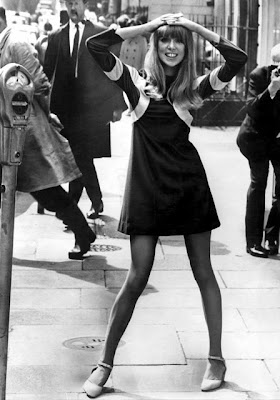
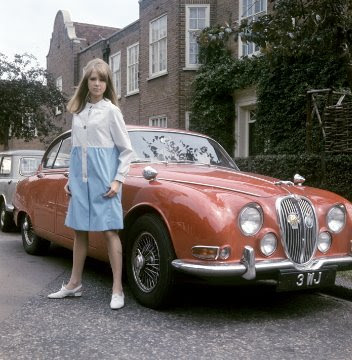 Pattie Boyd ended being up the inspiration for ‘Something’ George Harrison’s most popular song, but in reality it was written when their marriage was coming to an end. She was also the muse for ‘Layla’ by Eric Clapton (in the guise of Derek and the Dominos). Layla’s inspiration came from an Indian short story about one man’s obsession with a married woman and someone he couldn’t have. Clapton, a close friend of Harrisons, had fallen in love with Pattie and one night in the early hours at a party he told George, who had spotted the two of them chatting in the garden, ‘I have to tell you, man, that I’m in love with your wife.’
Pattie Boyd ended being up the inspiration for ‘Something’ George Harrison’s most popular song, but in reality it was written when their marriage was coming to an end. She was also the muse for ‘Layla’ by Eric Clapton (in the guise of Derek and the Dominos). Layla’s inspiration came from an Indian short story about one man’s obsession with a married woman and someone he couldn’t have. Clapton, a close friend of Harrisons, had fallen in love with Pattie and one night in the early hours at a party he told George, who had spotted the two of them chatting in the garden, ‘I have to tell you, man, that I’m in love with your wife.’
Pattie was horrified and went back with George that night but after three year’s of George’s continuing infidelity and expectation that Pattie should be a stay-at-home housewife, she eventually ended up with Clapton, marrying him in 1979.
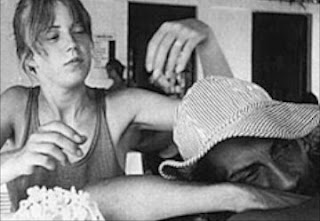 called Juniper. After sharing a house with a man called Magic Alex, – one of the principal hangers-on of the Beatles huge entourage, she eventually married Mick Fleetwood of Fleetwood Mac in 1970. They had had a long on and off relationship for years. In his book, My Life and Adventures in Fleetwood Mac, Mick Fleetwood describes when he first saw her “I’d see Jenny coming home from school, a stunning 15-year-old in white stockings. I lost my heart to her immediately. I had a massive crush on her, but was so shy I couldn’t say anything to her. I knew then, at age 16, that this was the girl I was destined to marry.”
called Juniper. After sharing a house with a man called Magic Alex, – one of the principal hangers-on of the Beatles huge entourage, she eventually married Mick Fleetwood of Fleetwood Mac in 1970. They had had a long on and off relationship for years. In his book, My Life and Adventures in Fleetwood Mac, Mick Fleetwood describes when he first saw her “I’d see Jenny coming home from school, a stunning 15-year-old in white stockings. I lost my heart to her immediately. I had a massive crush on her, but was so shy I couldn’t say anything to her. I knew then, at age 16, that this was the girl I was destined to marry.”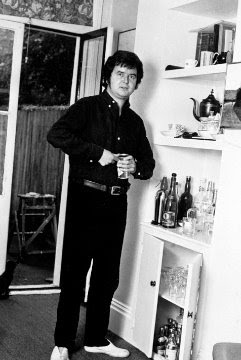 Bewes found Paula a nearby flat to make the situation a bit more respectable. The affair lasted only a few weeks and one evening when he was expecting her to turn up to meet his parents she didn’t arrive and she soon left him for, I would imagine, someone much more exciting.
Bewes found Paula a nearby flat to make the situation a bit more respectable. The affair lasted only a few weeks and one evening when he was expecting her to turn up to meet his parents she didn’t arrive and she soon left him for, I would imagine, someone much more exciting.A few hundred yards south from Scala House is another concrete building from the sixties, this time it’s anything but nondescript. Centre Point, standing above the complicated junction of Oxford Street, Tottenham Court Road, New Oxford Street, St Giles’ High Street and Charing Cross Road was one of London’s first skyscrapers. It has always been one of post-war London’s most controversial buildings – to a lot of people symbolising the rapacious and ugly re-development of London after the war. The capital city’s rebuilding made a handful of men very rich indeed and the man who was responsible for Centre Point, a reclusive called Harry Hyams, was one of the richest. He was once called the UK’s Howard Hughes when he turned up at a shareholders meeting wearing a Mickey Mouse mask so as not to be recognised.
Centre Point remained empty for years. Hyams realised that the capital appreciation was far more than the lost rental income on the building. Additionally by keeping it empty he avoided having to pay business rates on the property. In 1973 when the first advertisements appeared for the rental of the building, the estimated value was £20 million which meant it was now the most profitable building in London ever.
your madness is making a machine of ev’ryone,
but one day the machine might turn on.
We’ll tear you down, mess you round,
and bury you deep under the ground,
and we’ll dance on your graves till the flowers return
and the trees tell us secrets that took ages to learn…”
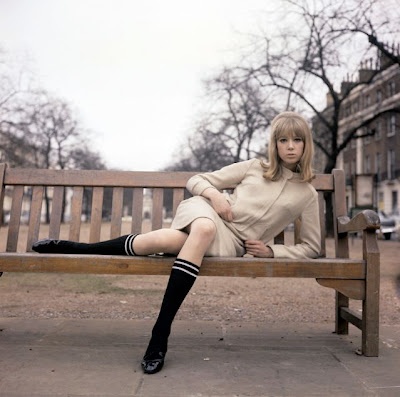



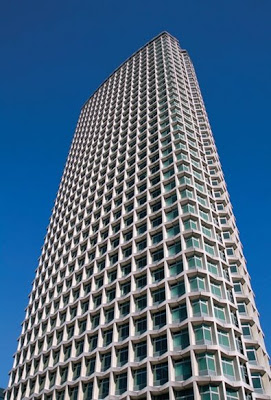
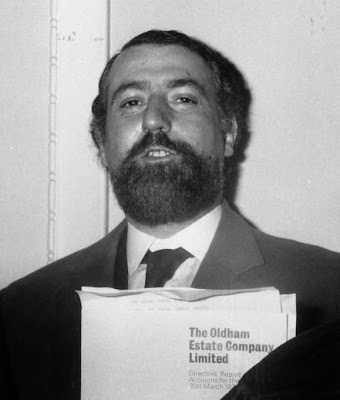



more exciting than rodney bewes ? are you having a larf – i reckon that boyd sister had the best taste (however briefly).
and hell ain’t centrepoint great – it looms large and beautiful from my window as i type
x
I presume you’ve never met Rodney Bewes?
…additionally the third Boyd sister also had an affair with Eric Clapton in the same year, ie when she was 17. Apparently just a substitute for him while Patti was deliberating.
rodders was a listed londoner on elms a while back and was suprisingly funny, if a terrible old luvvie
x